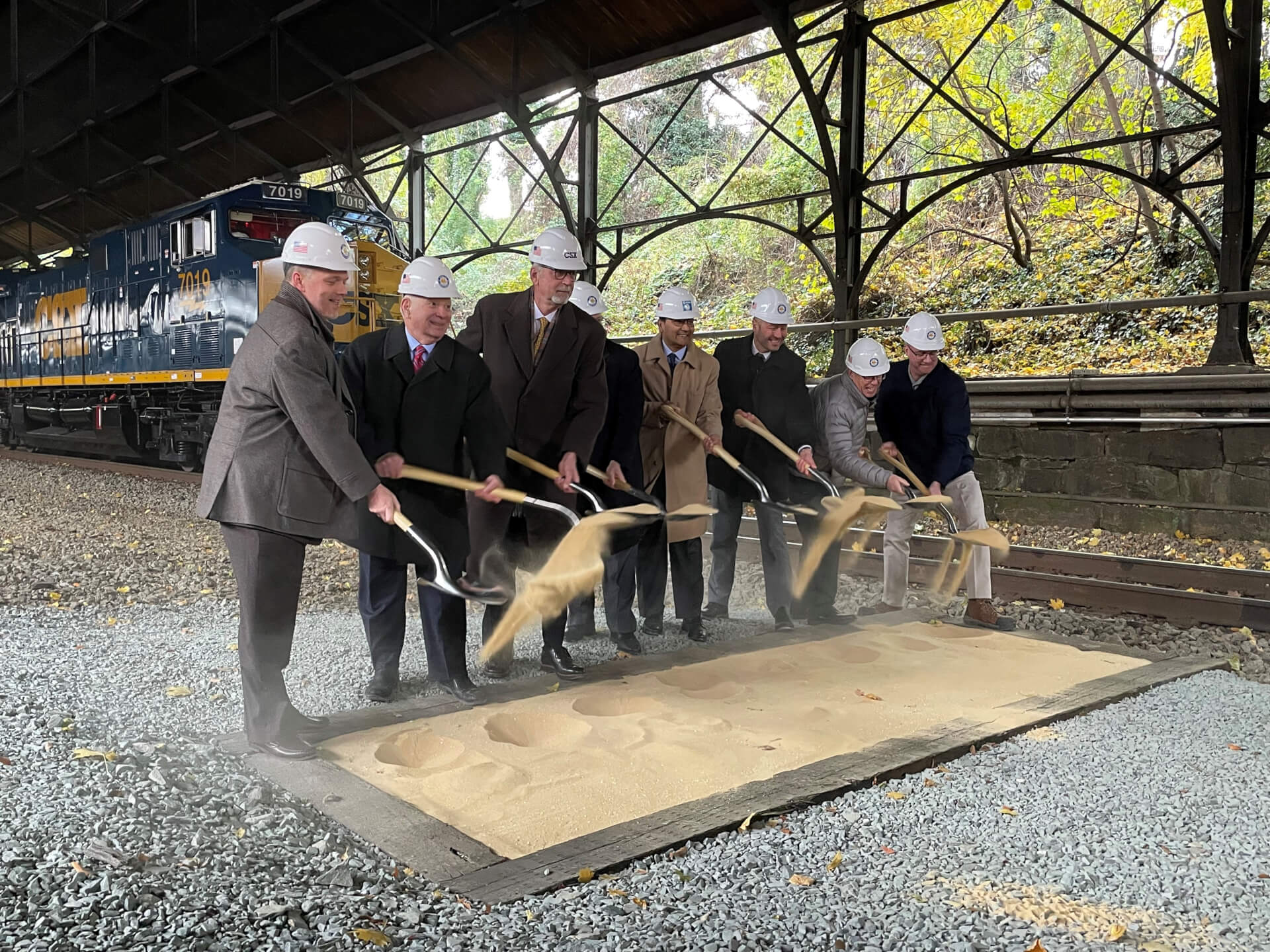Commentary: How infrastructure funding is transforming Md. communities and advancing sustainability

By Kevin B. Kimble and Brad Anderson
Kimble is the founder of the Financial Services Innovation Coalition and is a former congressional staffer and chief lobbyist for a financial services firm. Anderson is CEO and president of Global Risk Managers, Inc., which provides risk management services to public and private entities.
Grants are essential to bolstering communities with better infrastructure, innovative technology, and general economic stimulation. They are critical when the beneficiaries are communities that might feel forgotten or oppressed.
Thanks to the passage of the Bipartisan Infrastructure Investment and Jobs Act, and President Biden’s Justice40 Initiative, billions of dollars in grants were earmarked for community development, infrastructure modernization, and rail and safety improvements. Most recently, that legislation led to Gov. Wes Moore announcing a massive $20.4 million grant funding to advance rail connections in the Baltimore area and promote cleaner operations at the Port of Baltimore.
The Justice40 Initiative’s goal is that 40% of the overall benefits of certain federal investments flow to disadvantaged communities that are marginalized, underserved, and overburdened by pollution. The categories of investment are climate change, clean energy and energy efficiency, clean transit, affordable and sustainable housing, training and workforce development, remediation and reduction of legacy pollution, and the development of critical clean water and wastewater infrastructure.
The Bipartisan Infrastructure Law created or expanded hundreds of grants and programs. For example, the Rebuilding American Infrastructure with Sustainability and Equity (RAISE) grant program got a significant increase in funding to support communities of all sizes. But more than that, these grants were created to help build the nation into a cleaner, more connected, and better country, one community at a time. $714 million in grants and loans were dispersed to provide high-speed internet to rural areas nationwide.
Over $234 million went to community activities related to protecting, repairing, or replacing items that have suffered damage due to natural disasters. All these grants aim to improve communities across America, and many of these have begun to do just that.
Regarding an announcement in Maryland, $11.6 million of that $20.4 million grant is for the Port of Baltimore and the CSX Curtis Bay facility to establish the first zero-exhaust emissions locomotives on the East Coast. The funding will help replace three higher-emission locomotives at CSX’s terminal with new, cutting-edge, zero-emission battery electric locomotives and a battery charging station. These electric trains will help reduce emissions and noise for the surrounding communities. Notably, the new trains are expected to reduce carbon dioxide emissions, nitrogen oxides, and particulate matter compared to the older locomotives. And perhaps just as beneficial for the community and those who live nearby, the noise will be reduced by 70%. On the historic announcement, CSX said they looked forward to partnering with the state and community to advance such a vital and sustainable infrastructure project.
This is a significant move in advancing sustainable efforts at the Port of Baltimore and the broader community of Curtis Bay. Both have long pointed out the impacts of being a community that grew alongside the various industries based there. And most recently, local community activists produced a report on the health concerns in the community. The findings were unsurprising and told no new story about a heavily industrialized area of Baltimore that has long dealt with emissions from local businesses.
The paper, which unrealistically called for shuttering the Port of Baltimore’s CSX terminal failed to touch on other ways the community could be improved upon absent closing the long-standing facility. For example, the recent grants to reduce diesel emissions by installing electric locomotives onsite are ignored as a potential step towards mitigating the footprint of the facility. This brings up an important point: public-private partnerships can advance crucial objectives.
It’s well-documented that public-private partnerships can hugely benefit infrastructure and community development projects. P3s generally reduce costs, improve quality, and expedite projects and services. Beyond that, The World Bank found that public-private partnerships are “essential for the delivery of climate-smart infrastructure.” This is why it’s so substantial to see such a large grant going to CSX to bring the first electric battery locomotive to the East Coast.
Let’s hope this is just the first of many.
Partnering with companies that can have an enormous positive impact on underserved communities is essential. The federal government must work even more with businesses to build an equitable America. This will help ensure that our communities from the East Coast to the West Coast have abundant opportunities, a clean environment, and a strong economy. Grants through private companies are one vital way to build that future.




 Creative Commons Attribution
Creative Commons Attribution